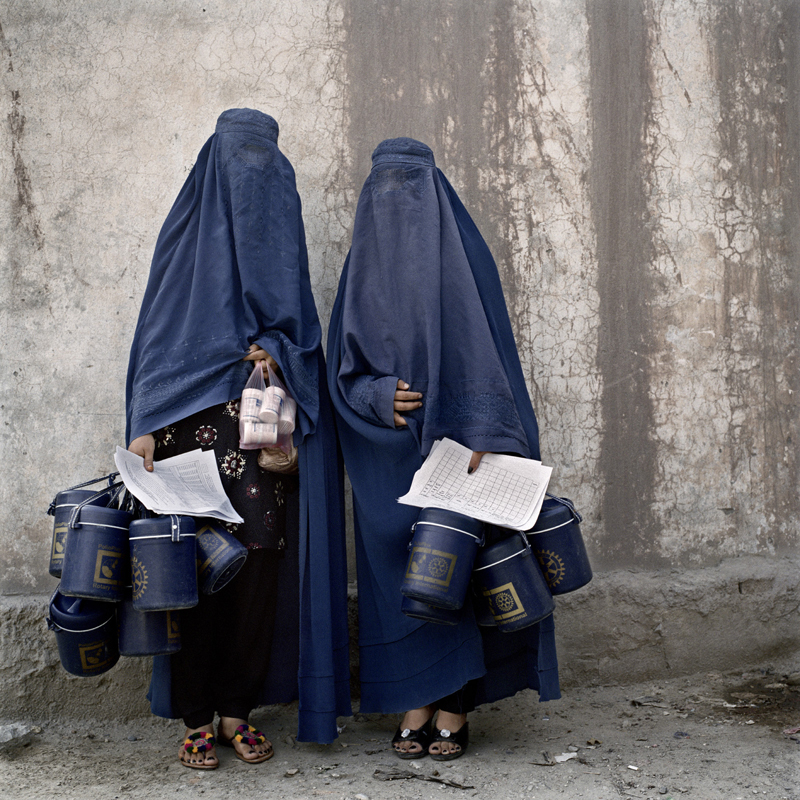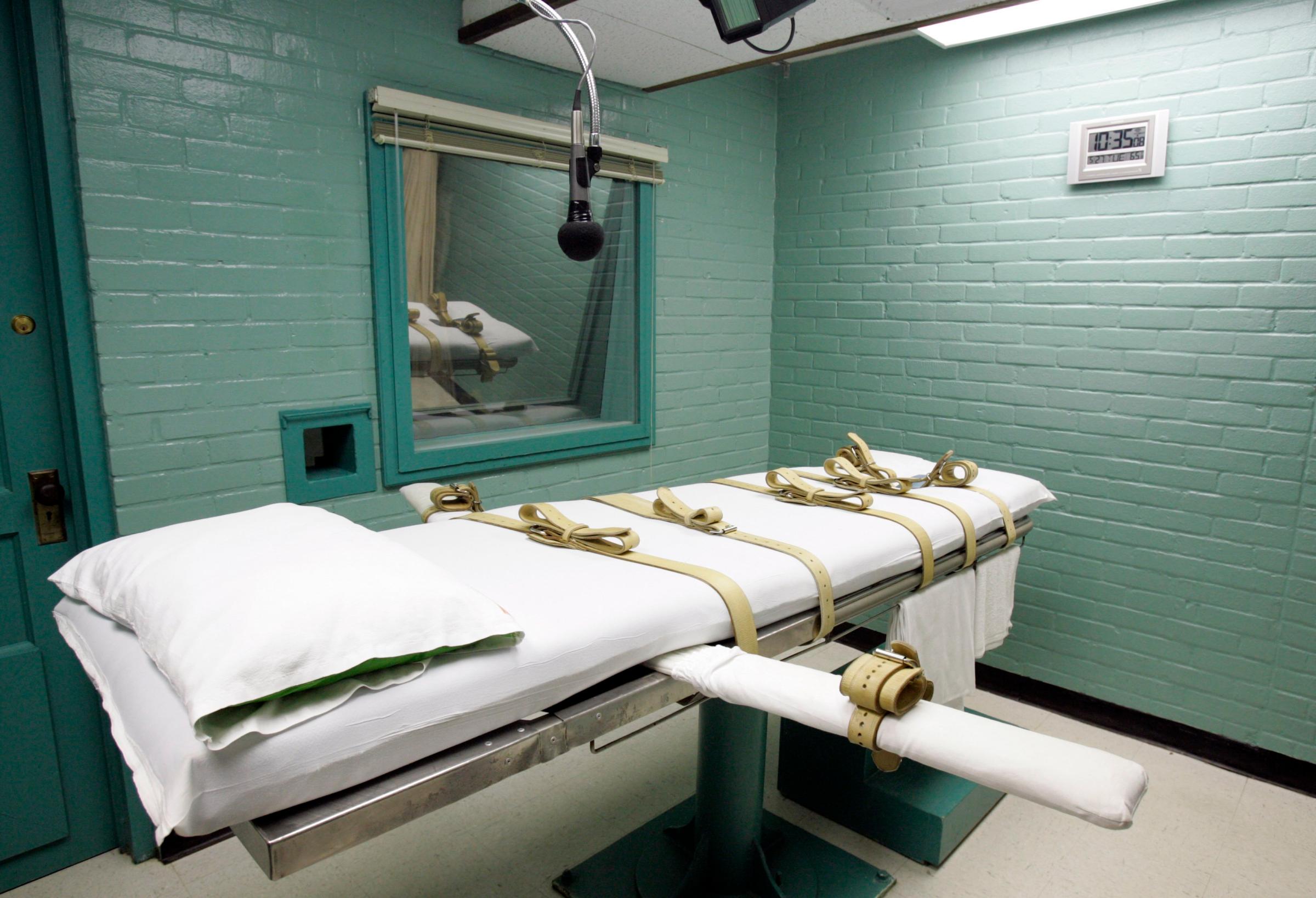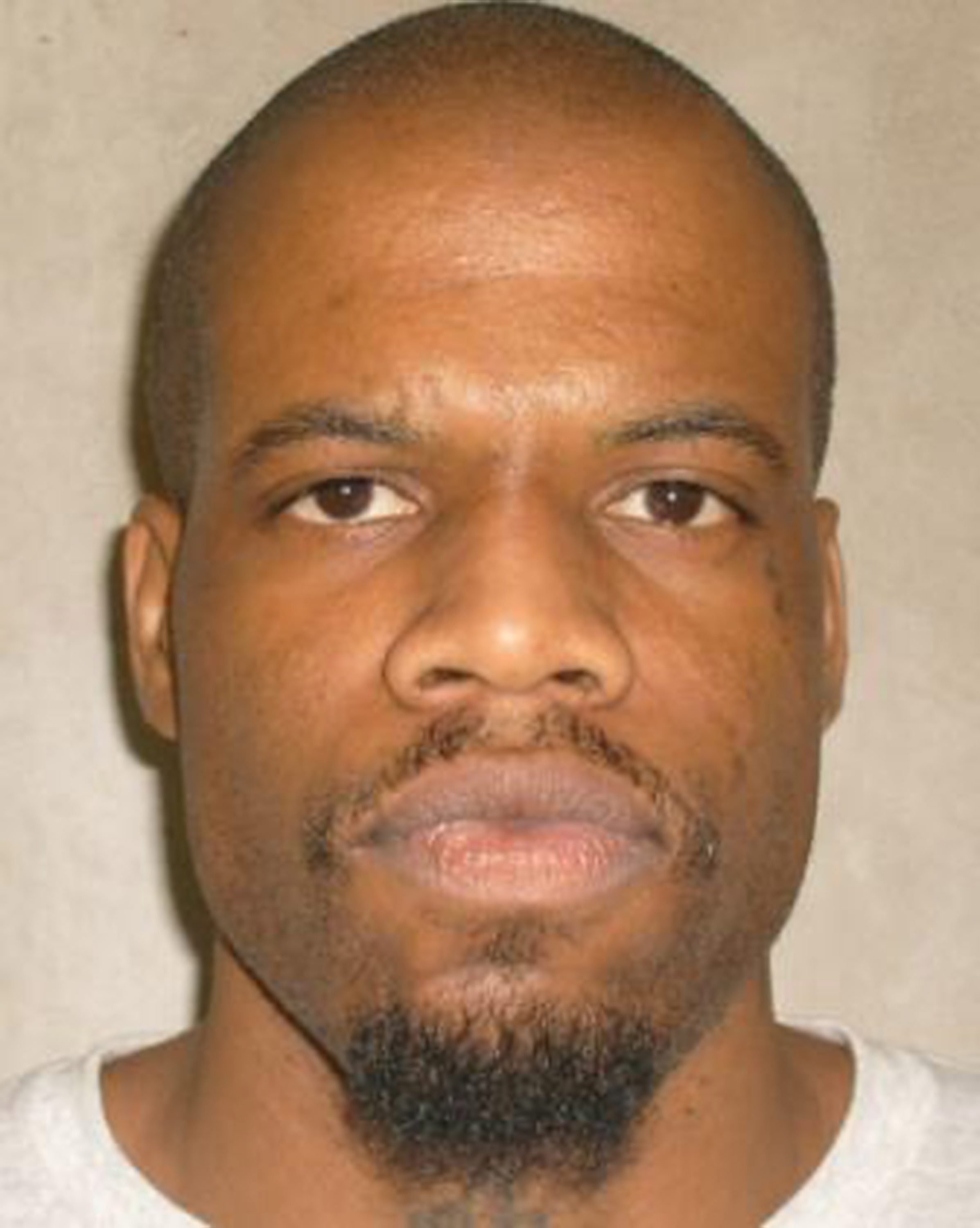
Features and Essays
Anastasia Taylor-Lind: The Surge (Wired) Fighting polio in Afghanistan | You can follow Taylor-Lind’s new project on Europe’s declining populations, called Negative Zero, here
Jonathan Saruk: The Forbidden Reel (Photo Booth) A look at Afghan cinema culture
Sim Chi Yin: Dissatisfaction and Dysfunction in a Model for China’s Urbanization (NYT) New China cities: shoddy homes, broken hope
Jonas Bendiksen: First Skiers (National Geographic) The origin of the sport may lie in remote Chinese mountains, where skiing is still a way of life
Noriko Hayashi: Kyrgyzstan’s Bride Kidnappings (Newsweek) In Kyrgyzstan, as many as 40% of ethnic Kyrgyz women are married after being kidnapped by the men who become their husbands
Ivor Prickett: Punjabi Farmers in Georgia (Panos Pictures) In one of the more unusual contemporary migrations, several thousand Indian farmers have made their way to the former Soviet republic of Georgia | Also on NYT lens here
Olga Ingurazova: Foresaken Land: Abkhazia (Lens Culture)
Rob Hornstra: Scenes from Sochi (FT) Photographer Rob Hornstra explores a city reinventing itself for the Winter Olympics
Davide Monteleone: Spasibo (Photo Booth) In search of Chechen identity
Adam Dean: Seven Days of Tragedy (LightBox) Dean’s photographs of Typhoon Haiyan aftermath, taken on assignment for TIME
various photographers: Typhoon’s Haiyan’s Wrath (NYT)
various photographers: Typhoon Haiyan Cuts a Path of Destruction Across The Philippines (TIME)
Claire Martin: Kiribati Sinks as Pacific Ocean Rises (BusinessWeek) Where will its people go?
Joel van Houdt: The Dream Boat (New York Times Magazine) More than a thousand refugees have died trying to reach Christmas Island. But faced with unbearable conditions at home, they keep coming
Moises Saman: History Underground: Egyptian Archeology (Photo Booth)
Laura El-Tantawy: Amid the Chaos (Photo Booth) Photographs from Cairo
John Stanmeyer: Ouf of Eden (National Geographic) Photos of journalist Paul Salopek’s seven-year global trek from Africa to Tierra Del Fuego
Kadir van Lohuizen: Cocoa Trail (NOOR) The long production and supply chain from the cocoa bean farmers and local buyers in Ivory Coast, through the port of Amsterdam and Dutch chocolate factories all the way to supermarkets and luxury resellers
Kyle Meyer: Swaziland Church Battles Demons (CNN Photo blog)

Marcus Bleasdale: Running from Rebels (Foreign Policy) A look inside the war-ravaged Central African Republic
Lynsey Addario: An Unrelenting Crisis (NYT) Syria seen as most dire refugee crisis in a generation
Jerome Sessini: Syrian Refugees in Lebanon (Magnum Photos)
Yusuf Sayman: Exiled From Syria, Refugees Brace For Winter (Daily Beast)
Peter van Agtmael: From the Battlefield to the Comedy Stage: Healing Bobby Henline (LightBox) short film: Healing Bobby | Having survived an IED blast that killed four of his fellow servicemen and left him with burns covering almost 40% of his body, Iraq War Veteran Bobby Henline is a stand-up comedian today, healing scars that are not so physical.
Gabriele Stabile: Refugee Hotel (NYT Lens) Stabile spent years documenting refugees’ first nights in the United States
Charles Ommanney: Portraits of Americans and their guns (MSNBC)
Stephen Wilkes: Day to Night (LightBox) Photographer Stephen Wilkes creates unique and exhaustive images of major cities in his series, Day to Night, capturing the hustle and bustle of an entire day in a single photo.
Alec Soth: Valley Guy (Nowness) A rare glimpse of Los Altos’ invisible gold rush | also on Daily Beast here
Brian L. Frank: Identifying With the Bulldogs (NYT) The bulldog is no longer just a college sports mascot in Fresno, Calif. It has been appropriated by members of a street gang who call themselves the Bulldogs.
Rocco Rorandelli: The Tobacco Farm (CNN Photo blog) Where America’s story started
Ackerman + Gruber: Blue Ribbon (Feature Shoot) Portraits from midwestern county fairs
McNair Evans: In Search of Great Men (Feature Shoot) Portraits of people traveling long distance on Amtrak trains
Eugene Ellenberg: An Intimate Last Goodbye (CNN Photo blog) Ellenberg’s father was diagnosed with liver and lung cancer in July 2013. After the diagnosis, Eugene documented his dying father’s last days with his camera phone.
Adam Krause: The Skinheads of Greenpoint, Brooklyn (Slate Behold)
Jon Lowenstein: Chile’s Enduring Rifts Part 1 | Part 2 (Photo Booth) Exploring the ways in which the country has recently begun to confront its past
Dominic Bracco II: Postcard from Honduras (Photo Booth) Country on the eve of the election
Rodrigo Abd: On the Fringes of Peru’s Capital (NBC News Photoblog) Life on the dusty edges: Photos explore the fringes of Peru’s bustling capital
Michael Robinson Chavez: On The Road to Brazil (LA Times Framework)
Lianne Milton: Eviction in Rio’s Favelas (PROOF)
Articles
Haunting beauty amid Haiyan’s devastation (AFP Correspondent) Photographer Philippe Lopez on one of his photographs
Photographers Protest White House Restrictions (NYT) A mutiny has erupted among photographers who cover President Obama over what they say is the White House’s increasing practice of excluding them from events involving the president and then releasing its own photos or video
Haitian Photographer Wins Major U.S. Copyright Victory (NYT Lens)
French newspaper removes all images in support of photographers (BJP) To coincide with Paris Photo’s opening, French newspaper Libération removed all images from its 14 November issue in a bid to show the power and importance of photography at a time when the industry is facing unprecedented challenges, said the newspaper’s editors
Photo of Palestinian Mother Was the Wrong Choice (NYT) The paper’s public editor comments on a controversial photo choice
Remembering A Compassionate War Photographer Alexandra Boulat (PROOF)
‘War/Photography’ at the Brooklyn Museum (NYT) ‘Poignant images, with posterity the ultimate winner’
War/Photography, Brooklyn Museum, New York – review (FT) An exhaustive survey of 165 years of war photography is grim, grisly but surprisingly uplifting
2013 Joop Swart Masterclass Projects (World Press Photo) In the time leading up to the masterclass, each of the photographers prepared a photo essay on the theme of hope for the masterclass
‘Photography cannot be objective’: uncovering Chechnya’s hidden identity (Guardian) Davide Monteleone’s poignant exhibition about the Russian republic shows signs that it is recovering after years of brutal conflict and repression. But at what cost?
Jack Mitchell, Photographer of the Arts, Dies at 88 (NYT)
Donna DeCesare’s “Unsettled” (Photo Booth) DeCesare’s new book is part nonfiction history and part memoir
First Look: Christopher Anderson’s book, Son (New York Magazine)

Mexico’s Narco Cultura: Glorifying Drug War Death and Destruction (LightBox) Shaul Schwarz’s new feature-length documentary captures the discomforting co-existence in Mexican and Mexican-American life of the horrifying violence of the drug wars and its celebration in pop and movies. | Also on Wired Rawfile here
National Geographic’s pioneering female photographers reveal all (CNN)
Beauty in the Everyday (NYT Lens) The photographs of Saul Leiter, who is the subject of a new film, depict gorgeous, poignant and fleeting moments in New York City
Swastikas and safety pins: London punks strike a pose (Guardian) Photographers Karen Knorr and Olivier Richon’s posed portraits from 1977 may not capture the chaos of London’s nascent punk scene, but what they do show is way more fascinating
Stark Close-ups on Europe’s Late-Night Regulars (LightBox) A 320-picture career retrospective of renowned Swedish photographer Anders Petersen’s work on show in Paris
The 100-Year-Old Instant Camera in Afghanistan Faces Extinction (Wired Rawfile) The Afghan Box Camera has been used in Afghanistan for over a century, but it is on the verge of disappearing
Featured photographer: Hossein Fatemi (Verve Photo)
Featured photographer: Maxim Dondyuk (Verve Photo)
Peter Beste’s best photograph: Tiger Wood of the hood (Guardian)
Interviews and Talks

David Guttenfelder (National Geographic) AP’s Chief Asia photographer on covering Typhoon Haiyan aftermath in the Philippines
Shaul Schwarz (MSNBC) Schwarz on his documentary film Narcocultura
Josef Koudelka Part 1 | Part 2 (NYT Lens)
Steve McCurry (American Photo) On street photography and change
Don McCullin (Independent) ‘Forget foreign conflicts, chronicle Britain’ says McCullin
Aaron Huey (PROOF) On shattering assumptions
Sarah Leen, and Bill Marr (PROOF) National Geographic’s director of photography, Sarah Leen, and Bill Marr, the magazine’s creative director, on the “The Power of Photography: National Geographic 125 Years” exhibition
Yunghi Kim (Digital Photo Pro) With thirty years of war photography under her belt, photojournalist Yunghi Kim is turning to more personal work
Ron Haviv (Think Tank Vimeo) Haviv talks about one of his Bosnia photographs
Eli Reed (Harry Ransom Center YouTube) The Lost Boys of Sudan
A Chat With the Kashis (PROOF) A photojournalism family juggles chaos and calm
Bob Jackson (BBC)
Bob Jackson (Sixth Floor Museum YouTube) Jackson captured the iconic image of Lee Harvey Oswald being shot by Jack Ruby in the basement of Dallas Police Headquarters on November 24, 1963
Benjamin Lowy (Hipstography)
Donna DeCesare (Columbia Visuals) Getting intimate with gangs
JH Engström (Aperture blog) Sketch of Paris | Related audio slideshow on the Guardian website here
Ji Yeo (LA Times Framework)
Mikko Takkunen is an associate photo editor at TIME.com. Follow him on Twitter @photojournalism.
More Must-Reads from TIME
- How the Economy is Doing in the Swing States
- Democrats Believe This Might Be An Abortion Election
- Our Guide to Voting in the 2024 Election
- Mel Robbins Will Make You Do It
- Why Vinegar Is So Good for You
- You Don’t Have to Dread the End of Daylight Saving
- The 20 Best Halloween TV Episodes of All Time
- Meet TIME's Newest Class of Next Generation Leaders
Contact us at letters@time.com